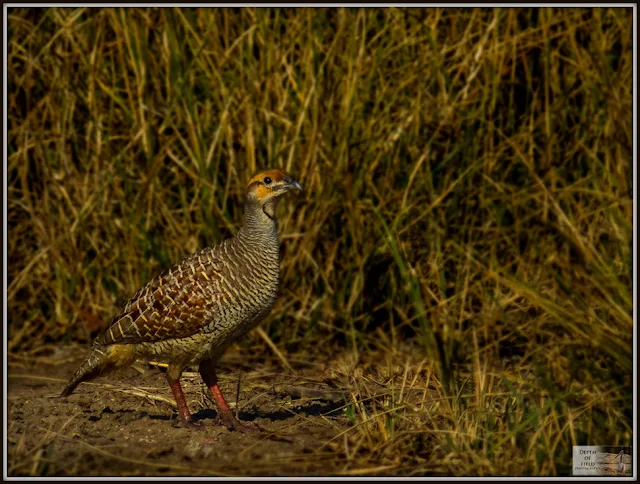Though Little Rann of Kutch (LRK) is acclaimed for its prime species - the Wild Ass, it is also an abode of a wide variety of mammals, birds, reptiles, amphibians, fish invertebrates and plants. Spending time in the LRK can be a rewarding experience with spotting of Indian gazelle (chinkara), blackbuck, bluebell (nilgai), wild boar, wolf, desert fox, desert cat, hyena, Indian civet, pangolin, crested porcupine, desert gerbille, langur and many more in their natural habitat.
The vegetation in the Rann and its environs is largely xerophytic, dominated by the thorny exotic shrub species Prosopis juliflora, which has spread and taken over most beats and fringes. But indigenous trees such as Prosopis Cineraria still exist here. The soil is halomorphic and it is mainly holomorphic vegetation that occurs here.
The shallow and saline waters in LRK provide a fertile nursery for varied aquatic habitats (marine, estuarine and fresh water) for several species of fishes and prawns.
Getting there:
LRK can be accessed easily from entry point of Banjana village, Dasada, Zainabad and Dharangadhra are other important entry points.
By Air and Rail:
Ahmedabad is the nearest airport with Rajkot and Bhuj as well.
By Road:
LRK is connected by a network of pucca roads, highways and a variety of public transport including state transport buses, private taxis etc.
Best Time to Visit:
The wild ass sanctuary is open for tourists only from 15th October to 15th June.
A minimum stay of 3/4 days is recommemded.
Climate:
The area has the highest annual evaporation rate in the country. It receives an average annual rainfall of less than 300mm. The average maximum temperature is about 40 degree Celsius and the minimum temperature is about 12 degree Celsius.
Facilities for Eco Tourists:
Gujarat Forest Department's Eco Tourism Centre at Banjara has a reception and orientation centre (under development)
Other Tourist Facilities:
Rann Riders - Dasara
Desert Coursers - Zainabad
TCGL Malvan
D.P. Arts - Jogad

























